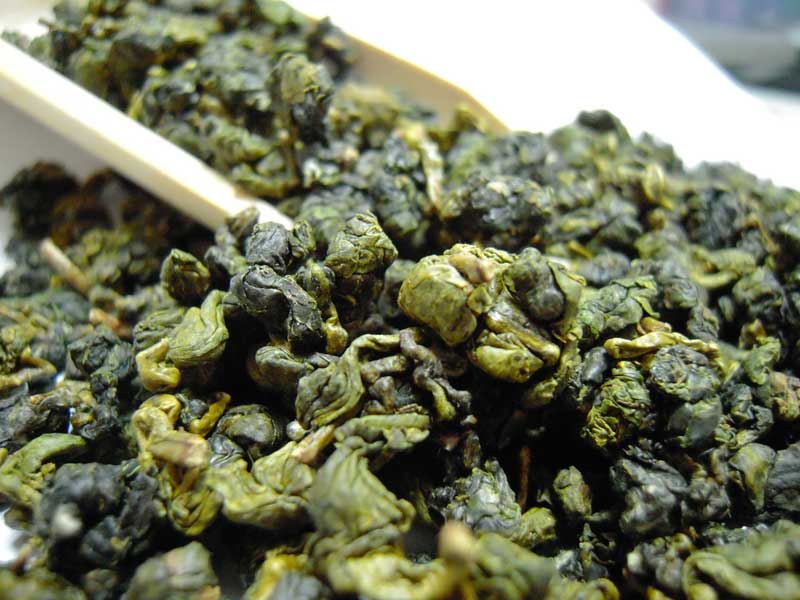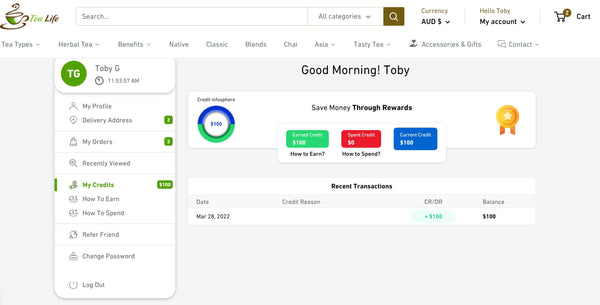History of Chinese Tea
China is home to a variety of rather interesting types of teas that mostly differ from what we're accustomed to here in Australia. While the types of tea the Chinese tend to drink may seem limited, the variation within those types can be extremely varied with great importance being placed on the mountain/field of origin, along with the age in some types of teas too.
Price Range
The price range can be anywhere from $5 up to the $1000's for....... just one gram. Certain oolong and Pu'er teas are also over 100 years old and treated as prized collectibles in a very similar fashion to wine is treated here!
Tea Growing Regions in China:
The particular origins of the teas we stock here at Tea Life within the Scent of Asia tea collection come from our reputable farms in both the Yunnan and Fujian provinces within China. (see images below!)



Before we delve into the different origins of each particular type of tea, let's start with the almost mythical story of the first tea ever - with its birthplace being, you guessed it, China.
Myth Regarding First Chinese Tea:
Keep in mind this is a legend, as are many stories from 5000 years ago.
In 2732 BC, the Emperor Shen Nung had a pot of water boiling that happened to have some leaves from a wild tree land inside. The result was perhaps the first crude cup of tea, although his apparent description of feeling warm, intrigued and having his whole body feel invigorated makes it sound like the best tea ever.
 And so henceforth, this brew was named 'cha' and is the Chinese character seen on the left (probably above if you're on mobile). Chinese characters will sometimes be made up of multiple meanings. With the Chinese character for tea, it's quite interesting and has split the character up into three colors to help understand the separate meanings which come together as one to make up the word of 'tea'.
And so henceforth, this brew was named 'cha' and is the Chinese character seen on the left (probably above if you're on mobile). Chinese characters will sometimes be made up of multiple meanings. With the Chinese character for tea, it's quite interesting and has split the character up into three colors to help understand the separate meanings which come together as one to make up the word of 'tea'.
Within the center in red, we have the character for 'ren' 人 which means Human.
Humanity is at the center of this word and is brought together as one by tea and nature.
The top character in green is a more simple version of 草, which means grass.
The bottom in blue 木 means tree.
So within the Chinese character for tea, we have a rather interesting and harmonious depiction of tea bringing humanity together as one with nature. That's what we like to hear!
Origin of Different Types of Tea Within China
Lets get into the different types of tea within China...
Pu'er Tea
There are two types of Pu'er teas, being "raw" Sheng Cha and the "ripe" Shu Chá, with their origins being traced back to the 'Pu tea' of the Han Dynasty dated at 25-220 CE and located in the Yunnan province. Why the Yunnan province?
This area was known to have large and spaced apart leaves on tough stems. This 'large leaf' quality still prized today.

Transportation of Pu'er Tea
Transportation and exportation also have a long history in China, and tea is no exception. With the long journeys these teas needed to make, various preservation methods and ways to compress (as seen in the image above) began to give birth. It was found that Pu Tea became better with age, so warehousing and aging became commonplace.
Benefits of Pu'er Tea
With the diets of various regions around and within China at these times, this tea helped to aid in digestion and also fill in a few nutrient gaps that people's diets were often missing at the time.
Export of Pu'er Tea
Around 1879 the French and British, known for their love of tea - were quite interested in what the Chinese had on offer and set up their own trade routes, thus exponentially increasing the export of Pu'er and other types of tea throughout the rest of the world. The old trade routes (horse roads) used for thousands of years have become a national heritage
Oolong Tea
This tea originated around Tang Dynasty 618 - 907 CE within the Beiyun region of the awesomely named Phoenix Mountain of the Fujian province and was at first named 'Beiyun tea'.
Over time, various peoples of position such as monks and scholars started to discover this tea as they visited and took note of the remarkable flavor this tea had on offer which was vastly different from anything they had experienced before. At this time, most drank unfermented green tea.

Named 'Dragon Pheonix Compressed Tea'
Upon learning of this new tea, the Emperor at the time just had to try it.
Gifted to him, was the also awesomely named 'Dragon Phoenix Compressed Tea' which had been created in a mold and bore the designs of a Phoenix and Dragon. With the Emperor's approval of this tea, it quickly spread and became famous throughout China.
Birth of Oolong Tea
Bear in mind that this tea was still called 'Beiyun' tea at this time. Only as recently as 1725 within the Fujian region, tea producers decided to adapt traditional methods of the Baiyun tea creation process and combine this with newer technology and thus, Oolong tea was born.
Today there are countless regions within China and Taiwan that produce their own distinct flavor of Oolong tea.
Unraveling Oolong Tea
Below is an example of our Oolong tea unraveling! This is a great example of the before-mentioned compression and storage techniques adopted for transportation.




